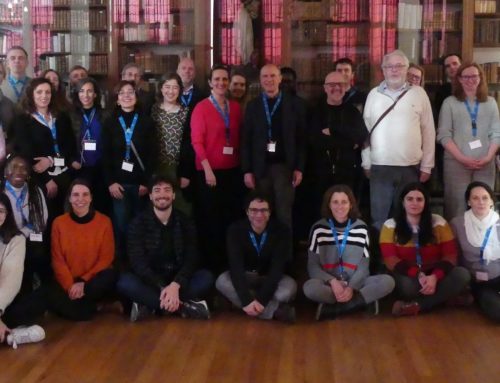 Authors: Mar Delgado & Maria Alonso (University of Cordoba)
Authors: Mar Delgado & Maria Alonso (University of Cordoba)
The diversity of rural areas in Europe calls for a contextualised analysis to understand how the EU policies have influenced rural digitalisation in the different member states. In this regard, DESIRA partners from 15 countries have revised their national policies focusing on two aspects: the digitalisation elements in rural development policies and the digital policies affecting rural areas. Following the guidelines provided by the task leader, the University of Córdoba, each National Policy Analysis (NPA) document provides an interesting review of the context for rural digitalisation, the policy framework, and the challenges and opportunities for a sustainable rural digitalisation.
The difficulty of the task is worth mentioning. The lack of disaggregated data in relation to rural digitalisation and policy impact is a common issue within the EU. Moreover, many countries do not have comprehensive rural digitalisation policies to examine. The DESIRA partners have made significant efforts to provide relevant and updated information, including the latest Common Agricultural Policy (CAP) or the National Recovery and Resilience plans for their countries (both strategies have got sound digitalisation aspects within).
All the National Policy Analysis reports can be found here:
The main conclusions of the NPAs are currently being synthesised in a report which will contribute to drafting a policy roadmap for the future of rural digitalisation in Europe. Although the starting point and characteristics of each rural area differ, there are some commonalities.
In general, European rural areas are lagging behind urban and peri-urban areas in relation to different dimensions of digitalisation. Despite the national efforts and support from the EU policies and funds to roll out fast broadband infrastructure, a significant portion of European rural areas remains far from achieving the European Commission’s Gigabit network coverage ambitions. According to the Digital Economy and Society Index (DESI) 2021, fixed very high capacity networks (VHCN) covered 59% of EU homes in 2020, whereas the figure for rural areas falls to 28%.
In terms of skills, the gap between rural and urban is patent: only 48% of individuals living in rural areas possess at least basic digital skills, in contrary to the ones living in the cities (62%) (DESI 2021). On top of everything, the gender gap (especially in digital skills) adds up to well-known demographic trends in rural areas: ageing and depopulation.
Finally, the COVID-19 pandemic has forced a ‘digitalisation push’ in all EU countries. Consequently, significant progress in distance learning, e-health and e-administration has been made in rural and urban areas, as well as unearthing the gaps and opportunities for an inclusive rural digitalisation.
The future is promising. At the EU level, a comprehensive policy framework has been deployed tackling all aspects of digitalisation including data governance, artificial intelligence, digital rights, etc. This will pave the way for the member states to design their own national strategies. The investment opportunities that the new CAP and the National Recovery and Resilience Fund will bring are expected to narrow -or even close- some of the rural digitalisation gaps.



















